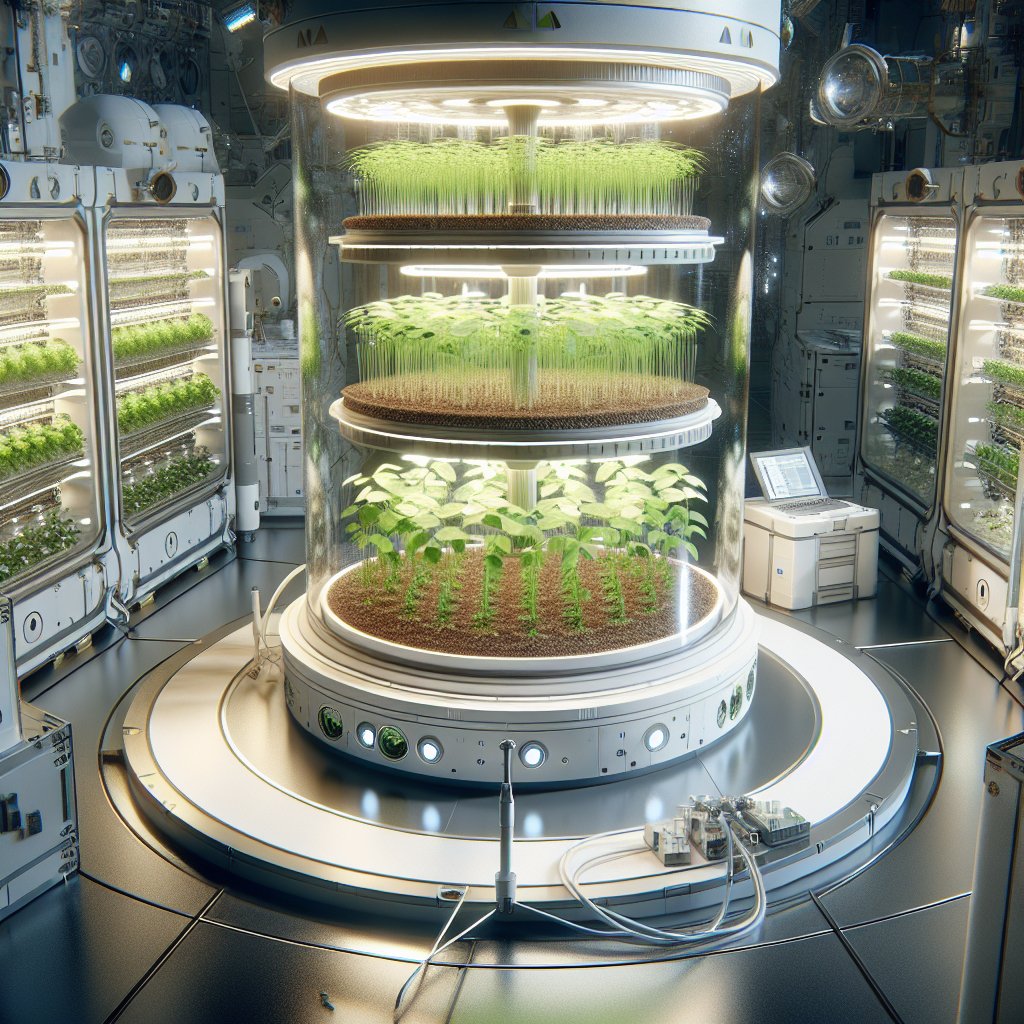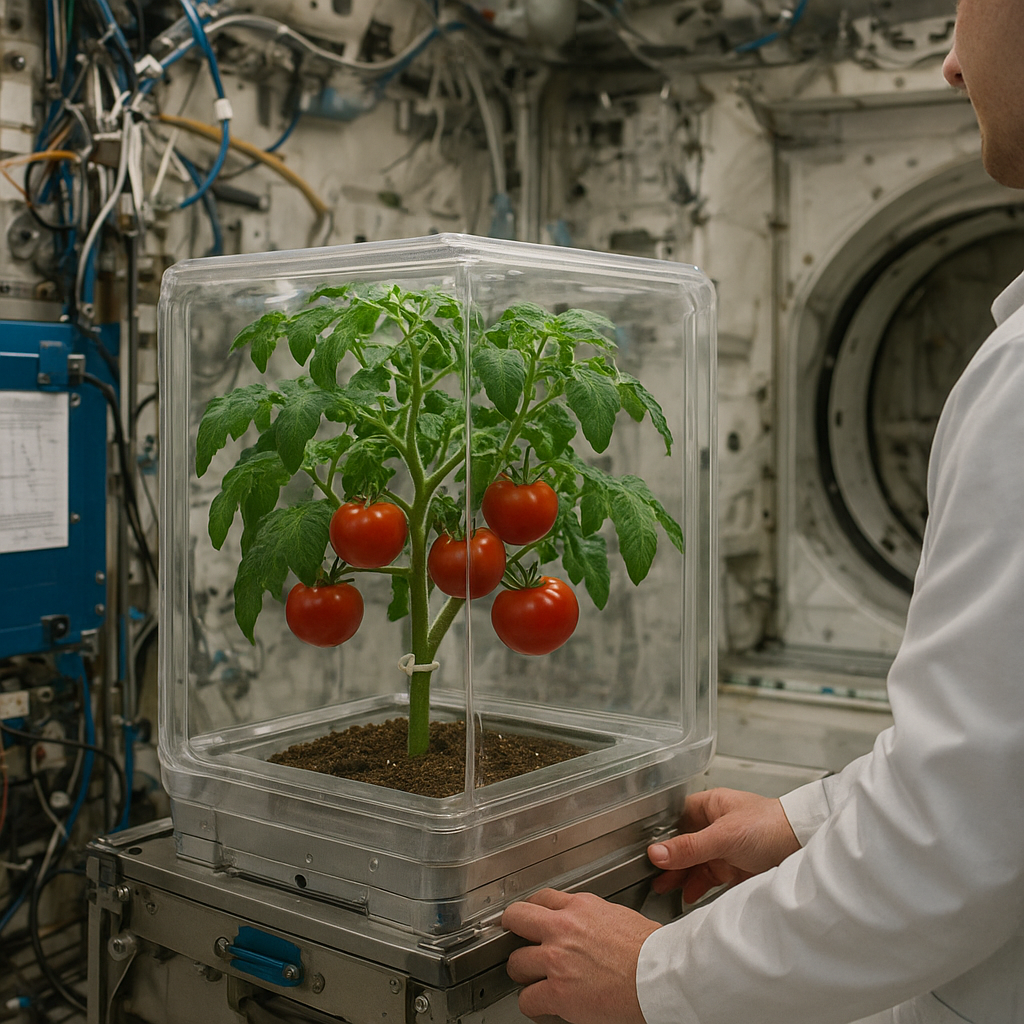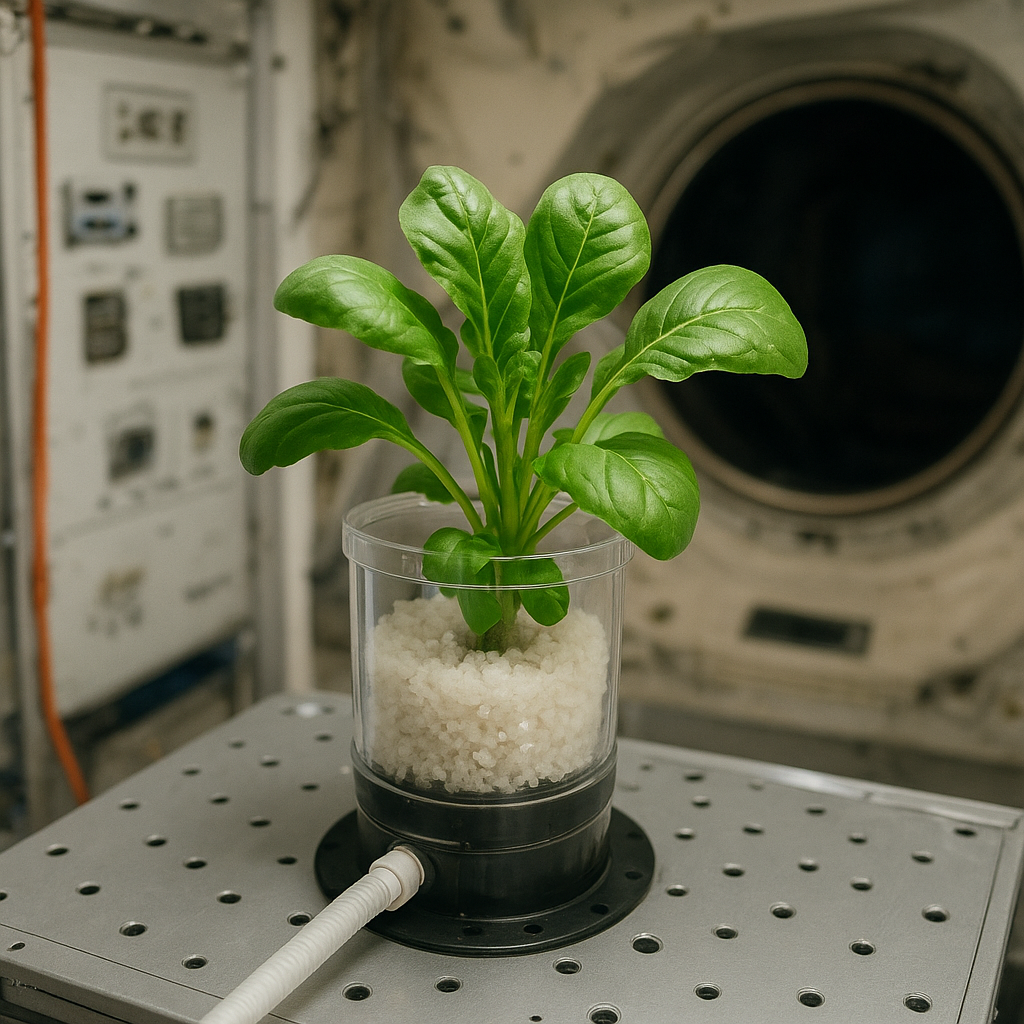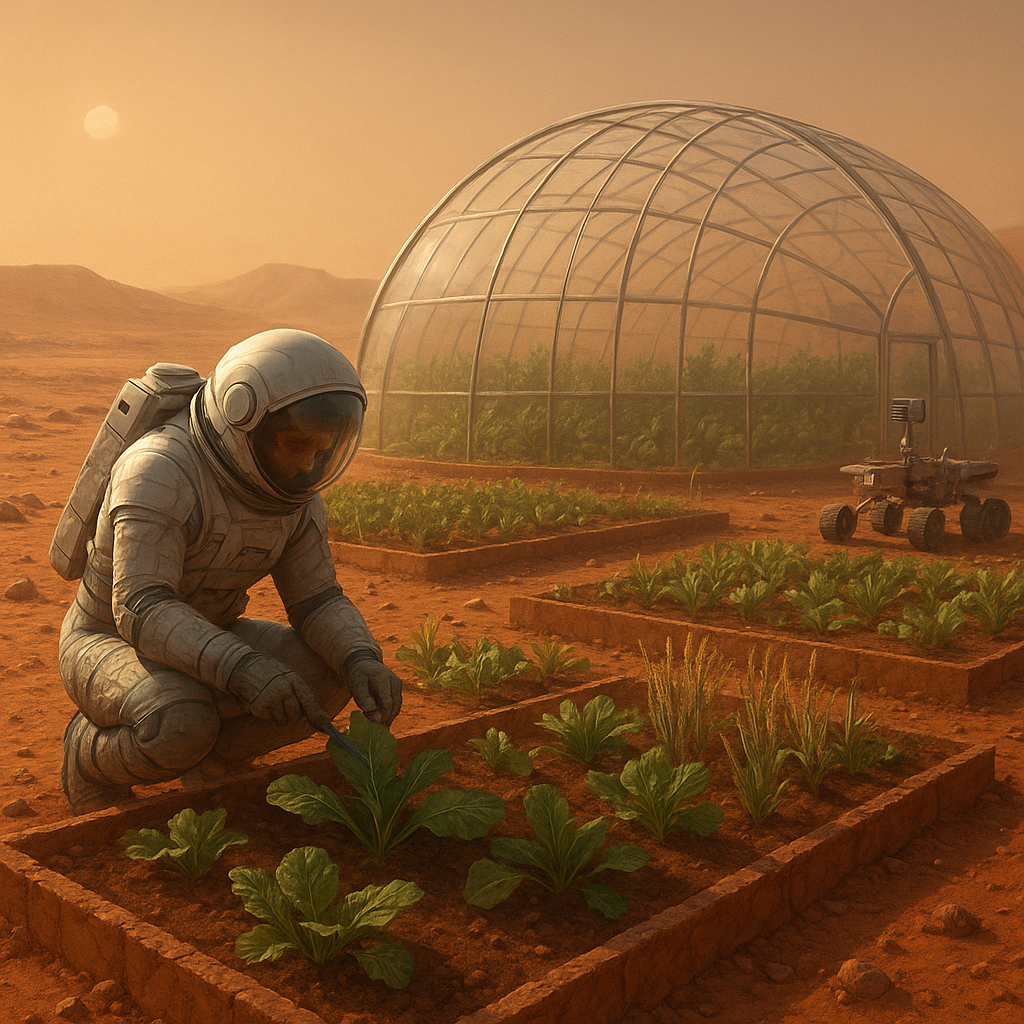The intersection of agriculture and space exploration may seem like an unlikely pairing, but NASA is pioneering research that could revolutionize how we grow food both on Earth and beyond. As humanity looks toward the stars, the need for sustainable food production in space becomes increasingly critical. This article explores how NASA is advancing agricultural research in space, focusing on innovative techniques, experiments conducted aboard the International Space Station (ISS), and the implications for future space missions and terrestrial agriculture.
Innovative Techniques in Space Agriculture
NASA’s approach to agricultural research in space involves a variety of innovative techniques designed to optimize plant growth in microgravity environments. One of the most significant challenges faced by astronauts is the lack of gravity, which affects how plants grow and develop. To address this, NASA has developed several methods to simulate Earth-like conditions for plants.
Hydroponics and Aeroponics
Hydroponics and aeroponics are two soil-less farming techniques that have gained prominence in space agriculture. Hydroponics involves growing plants in nutrient-rich water, while aeroponics uses a mist of nutrient solution to nourish the roots. Both methods allow for efficient use of water and nutrients, making them ideal for the limited resources available in space.
- Hydroponics: This method has been tested on the ISS, where astronauts have successfully grown crops such as lettuce and radishes. The controlled environment allows for precise management of nutrients and water, leading to faster growth rates and higher yields.
- Aeroponics: This technique has shown promise in experiments where plants are suspended in air and misted with nutrients. The lack of soil reduces the risk of pests and diseases, making it a viable option for space missions.
LED Lighting and Growth Chambers
Another critical aspect of space agriculture is the use of artificial lighting to promote plant growth. NASA has developed specialized LED lighting systems that can be adjusted to provide the optimal spectrum for photosynthesis. These systems are essential for growing plants in the confined spaces of the ISS, where natural sunlight is limited.
Growth chambers equipped with these LED lights create a controlled environment that mimics Earth’s conditions. By adjusting factors such as light intensity, duration, and spectrum, researchers can optimize plant growth and study how different variables affect crop yields.
Experiments on the International Space Station
The ISS serves as a unique laboratory for agricultural research, allowing scientists to conduct experiments that would be impossible on Earth. Over the years, NASA has conducted numerous experiments to understand how microgravity affects plant growth and development.
Veggie and Advanced Plant Habitat
Two of the most notable projects are the Veggie and Advanced Plant Habitat (APH) experiments. Veggie is a plant growth system designed to grow fresh produce for astronauts, while APH is a more advanced facility that allows for larger-scale plant growth and experimentation.
- Veggie: This system has successfully grown various crops, including lettuce, zinnias, and mustard greens. The ability to grow fresh food in space not only provides nutritional benefits for astronauts but also contributes to their psychological well-being by offering a connection to Earth.
- Advanced Plant Habitat: This facility is equipped with advanced sensors and monitoring systems that provide real-time data on plant growth. Researchers can study how plants respond to microgravity and other environmental factors, leading to insights that can improve agricultural practices on Earth.
Understanding Plant Responses to Microgravity
One of the primary goals of NASA’s agricultural research is to understand how microgravity affects plant biology. Studies have shown that plants exhibit altered growth patterns in space, including changes in root development and nutrient uptake. By investigating these changes, scientists can develop strategies to enhance plant growth in space and apply these findings to improve agricultural practices on Earth.
For example, research has indicated that certain plant hormones, such as auxins, play a crucial role in how plants orient themselves in response to gravity. Understanding these mechanisms can lead to the development of crops that are more resilient to environmental stressors, such as drought or nutrient deficiency.
Implications for Future Space Missions and Terrestrial Agriculture
The advancements made in space agriculture have far-reaching implications, not only for future space missions but also for addressing food security challenges on Earth. As the global population continues to grow, innovative agricultural practices will be essential to ensure a sustainable food supply.
Supporting Long-Duration Space Missions
As NASA plans for long-duration missions to Mars and beyond, the ability to grow food in space becomes increasingly important. Astronauts will need a reliable source of fresh produce to maintain their health and well-being during extended missions. The research conducted on the ISS will inform the design of future habitats and agricultural systems for deep-space exploration.
- Self-Sustaining Ecosystems: Future missions may involve creating self-sustaining ecosystems that can support human life for extended periods. This could include closed-loop systems where waste is recycled into nutrients for plants, creating a sustainable food source.
- Psychological Benefits: Growing food in space can also have psychological benefits for astronauts. The act of nurturing plants can provide a sense of purpose and connection to Earth, which is vital for mental health during long missions.
Applications for Earth Agriculture
The techniques and knowledge gained from NASA’s agricultural research in space can also be applied to improve farming practices on Earth. As climate change and population growth pose significant challenges to global food production, innovative solutions are needed to enhance crop yields and sustainability.
- Resource Efficiency: Hydroponics and aeroponics can be implemented in urban agriculture, allowing for efficient use of water and space. These methods can help address food deserts and provide fresh produce to communities with limited access to traditional farming.
- Resilience to Climate Change: Understanding how plants respond to stressors in space can inform breeding programs aimed at developing crops that are more resilient to changing environmental conditions.
Conclusion
The collaboration between agriculture and space exploration is paving the way for innovative solutions to some of the most pressing challenges facing humanity. NASA’s research in space agriculture not only holds the key to sustaining human life on long-duration missions but also offers valuable insights that can enhance food production on Earth. As we continue to explore the cosmos, the lessons learned from growing food in space will undoubtedly shape the future of agriculture, ensuring that we can feed a growing population while preserving our planet’s resources.




